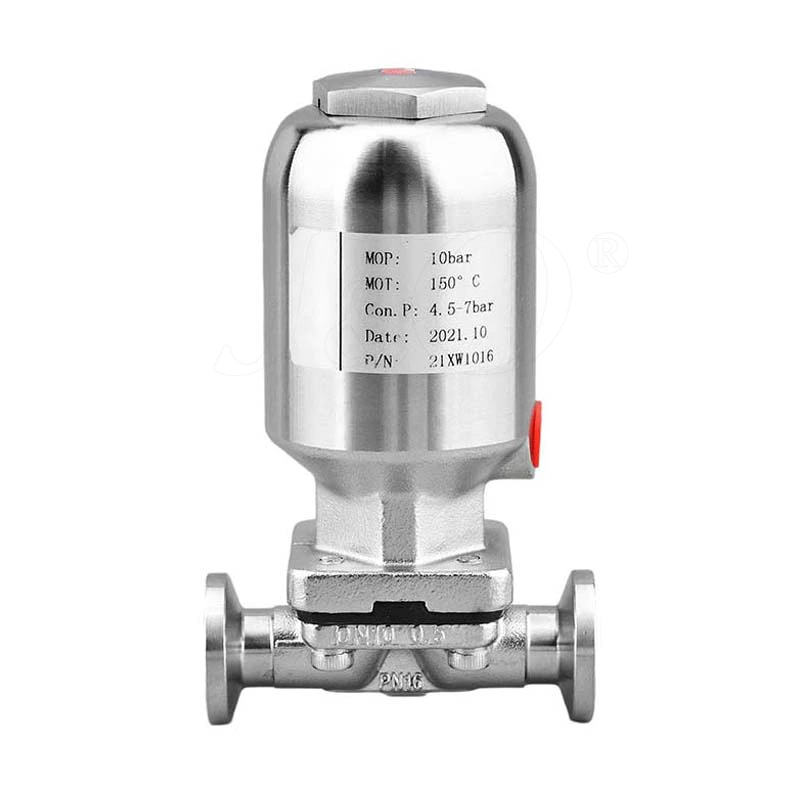Popularization Of Knowledge About Sanitary Diaphragm Valves
Sanitary Diaphragm Valve Popularization of relevant knowledge
The structure of sanitary diaphragm valve is elastic wedge single gate, rigid wedge single gate double gate. The sealing surface is made of stainless steel and hard alloy, and has a long service life. The driving mode is manual, pneumatic, electric, and gear transmission. The structure is compact, the design is reasonable, the valve rigidity is good, the channel is smooth, and the flow coefficient is small.
Precautions for the installation of sanitary diaphragm valves. When placing the pipeline, you should pay attention to make the passing direction of the sanitary check valve consistent with the flow direction of the fluid. Install it in a vertically placed pipeline. For horizontally placed pipelines, use a telescopic tube between the vertically placed sanitary check valve and the butterfly valve. Never connect it directly to other valves. Avoid adding pipe joints and obstructions within the operating radius of the sanitary check valve valve plate. Do not install a reducer in front of or behind the wafer check valve. When installing the wafer check valve near the elbow, pay attention to leaving enough space. When installing the wafer check valve at the outlet of the water pump, at least six times the diameter of the valve should be discharged to ensure that the butterfly plate is finally affected by the fluid. The working principle is that when the medium flows into the valve body from the direction indicated by the arrow of the valve body, the pressure of the medium acts on the valve disc to generate an upward thrust. When the thrust of the medium is greater than the gravity of the valve disc, the valve opens.
The sanitary diaphragm valve adopts flexible graphite filler, reliable sealing, light and flexible operation, and wedge-type gate valve. This valve is used in pipelines in the chemical, petroleum, natural gas, power stations, environmental protection, urban construction and other industries as an opening and closing device for connecting or cutting off the medium. It is generally not used for regulation and throttling. The transmission device drives the valve stem nut to rotate clockwise, so that the valve stem moves downward, the gate goes down, and the sealing surface of the gate and the sealing ring coincides, which is closed and cuts off the medium; conversely, the valve stem nut rotates counterclockwise, the gate goes up, until the upper sealing surface coincides, it is open and the medium is connected. This valve is generally in a normally open or normally closed state.
